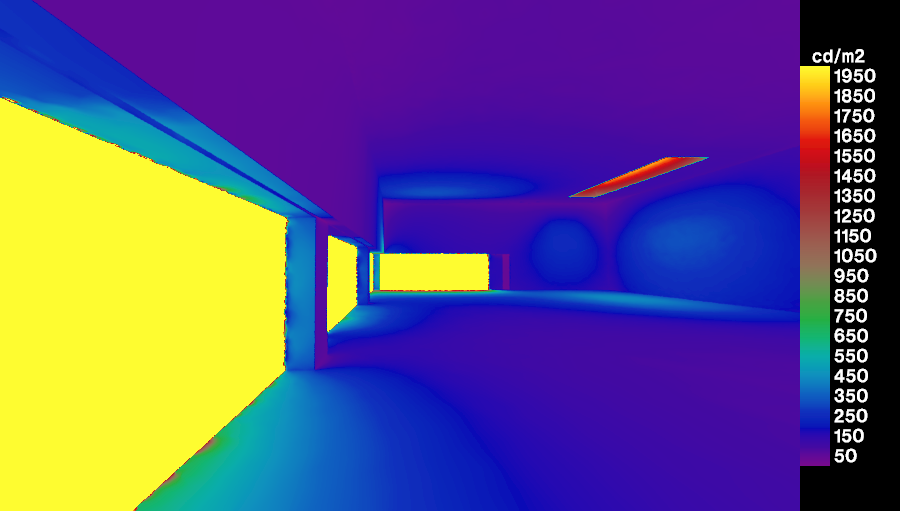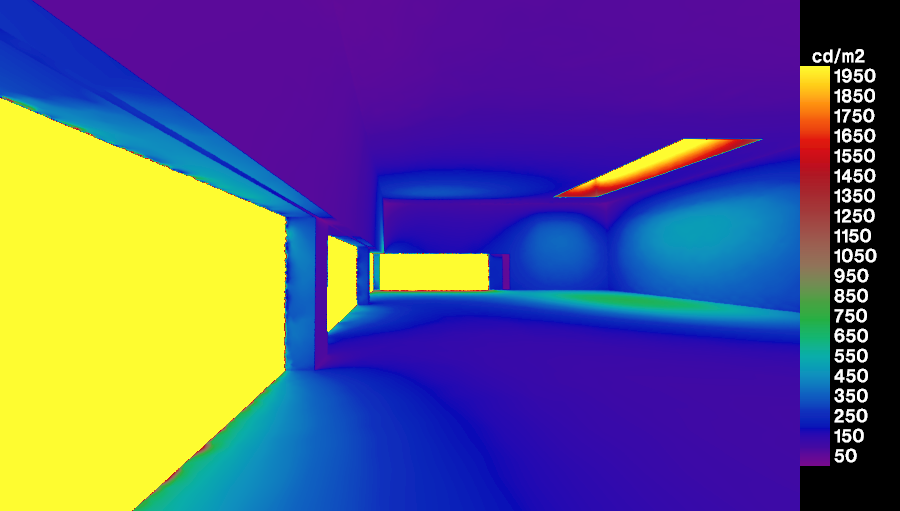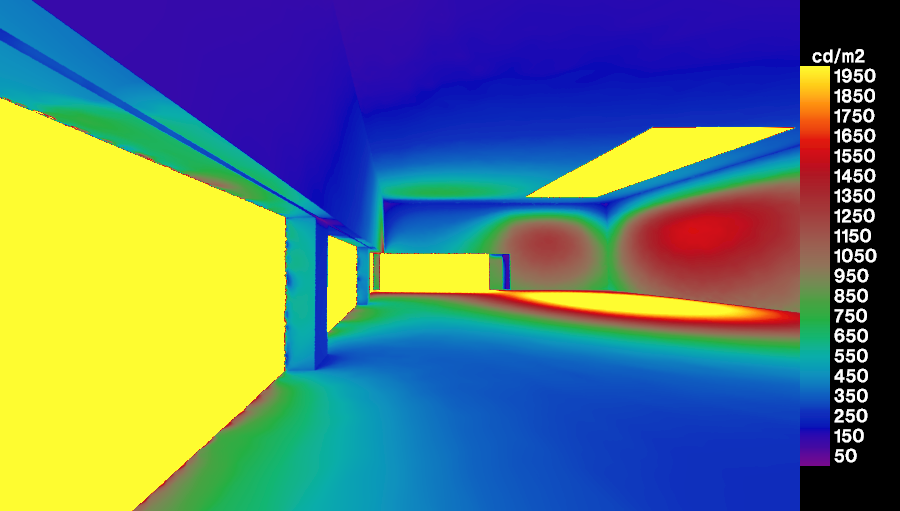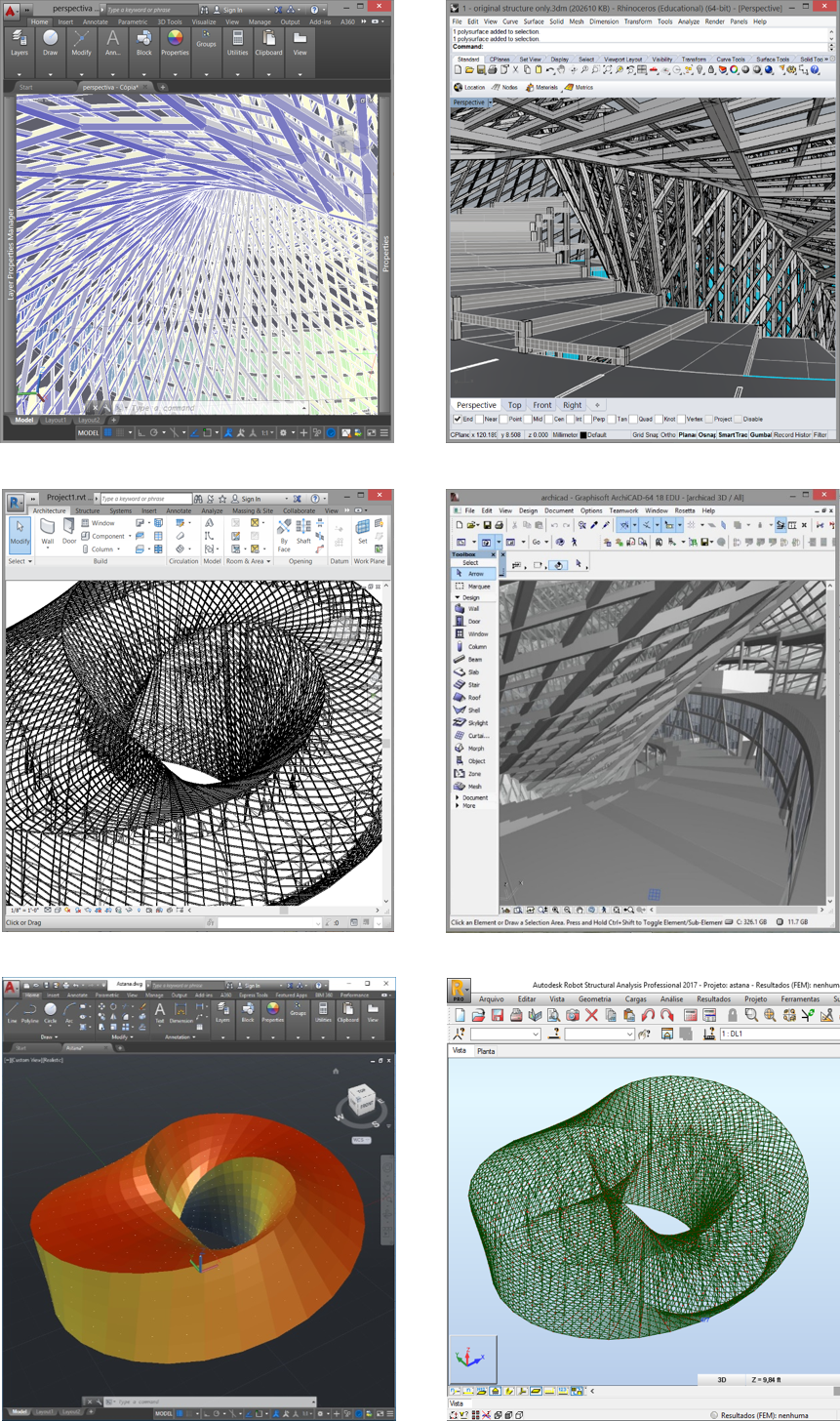Research Projects
MOOB
Algorithmic design, analysis, optimization, and visualization depend on the
use of computers and, frequently, have considerable computational demands.
Nowadays, it is not unusual to have algorithmic processes running for weeks
in high-performance computer workstations. Obviously, the duration of these
processes often deters architects and engineers from their use.
These processes mostly use the same algorithmic approaches that were
developed when computers operated with a single processing unit. Nowadays,
we are reaching the physical limits of the computational power of a single
processing unit. Therefore, to increase performance, computers now include
multiple processing units. To take advantage of this parallelized form of
computational power, we need to adapt the algorithmic processes of the past
or invent new ones.
With that goal in mind, we proposed a short two-month project to
experiment with the parallelization of algorithmic design, analysis,
optimization, and visualization using a super-computer with a very large
number of processing units. This allowed us to measure the scalability of
those algorithmic processes relative to the number of processing units used,
and more effectively develop the necessary adaptations to take advantage of
the parallelism available in current computers.
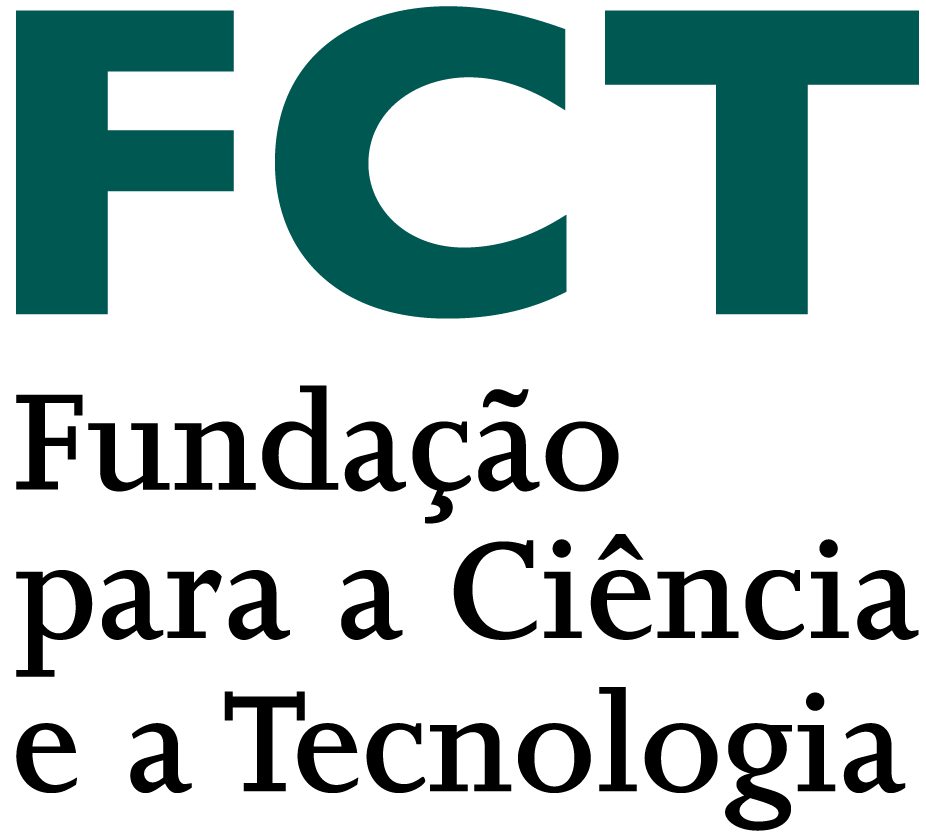
Reference: CPCA/A1/5903/2020
Institution: INESC-ID/INESC/IST/ULisboa
Time Period: 31-12-2020 to 01-03-2021
Funding: 615 Eur worth in CPU/vCPU cores time
Khepri
Architecture, Engineering, and Construction (AEC) face three important
challenges: the need to reduce the environmental and economic impact of
buildings, the adoption of Building Information Modeling (BIM), and the
introduction of computational techniques in the architectural practice.
In order to solve these challenges, it is necessary to combine algorithmic
design, analysis, and optimization in a design tool for architects that want to
engage in the use of computation-based architectural design while taking
advantage of the portability, expressive power, and scalability of modern
pedagogic programming languages. The tool, named Khepri, will support (1) the
development of portable programs that create equivalent building models in BIM
and non- BIM tools, (2) the automation of their analysis in relevant analysis
tools, and (3) the optimization of the modeled buildings within the bounds
established by the architect.
Khepri will help reduce the environmental and economic impact of
buildings, will mitigate the complexity of BIM, and will be a research vehicle
for advancing the state of the art in computational techniques applied to
architecture.

Reference: PTDC/ART-DAQ/31061/2017
Institution: INESC-ID/INESC/IST/ULisboa
Time Period: 01-10-2018 to 30-09-2022
Funding: 240K Eur
Rosetta
In order to prepare students for the Generative Design paradigm, it becomes
necessary to teach computer science in the realm of architecture problems and using
programming languages appropriate for the generation of architectural models for the
CAD systems currently available.
Rosetta is an IDE for Generative Design that provides a pedagogic approach to
programming for Architecture and that simplifies the construction of complex GD
programs. Rosetta provides a small set of programming languages, namely, Racket,
Scheme, JavaScript, and AutoLISP, and will support two CAD systems, namely,
Rhinoceros and AutoCAD. One important feature is that the programming languages and
the CAD systems are independent from each other, thus allowing each user to combine
his preferred programming language with his preferred CAD system while using program
modules that might have been written in different programming languages. Another
important feature is that Rosetta overcomes many of the limitations of each CAD
system, providing a uniform geometric model that drastically simplifies the effort
needed to write portable programs.
The end result of this projects was a pedagogic interactive development
environment that accompanies the architect from the learning phases to the advanced
uses and that is usable both for practical applications as well as for research.

Reference: PTDC/ATP-AQI/5224/2012
Institution: INESC-ID/INESC/IST/ULisboa
Time Period: 02-05-2013 to 01-11-2015
Funding: 120K Eur
Talks
talks given by our team members
Awards
collected by our team members
Posters
our poster sessions


